Jökulsárgljúfur
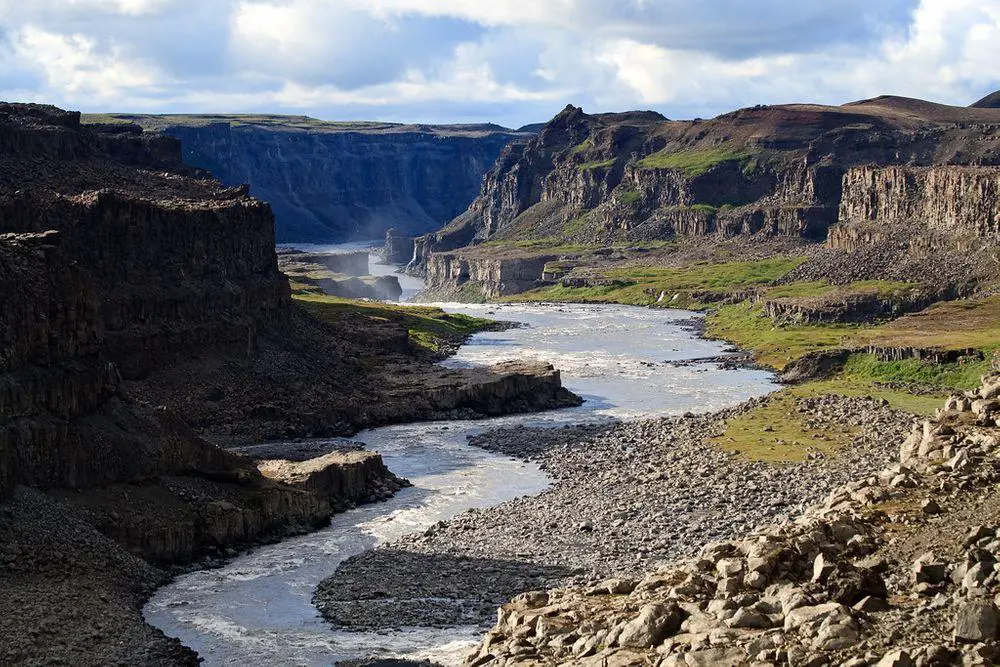
Canyon of Jökulsá river below Dettifoss. This magnificent canyon is 25 km long, up to 500 m wide and up to 120 m deep.
Eldgjá canyon
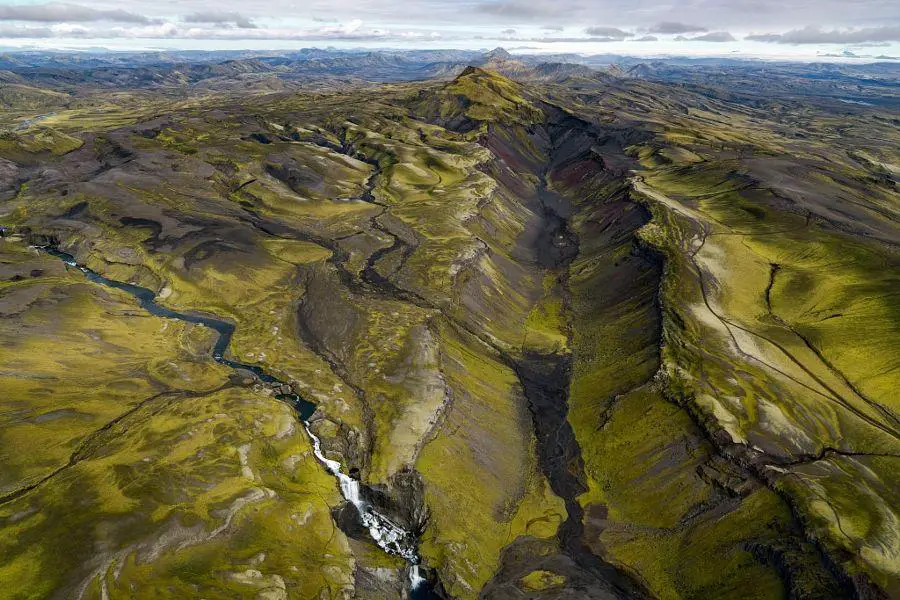
Spectacular canyon, up to 270 m deep and 600 m wide with the Ófærufoss waterfall falling in it. This is the largest volcanic canyon in the world.
Ásbyrgi
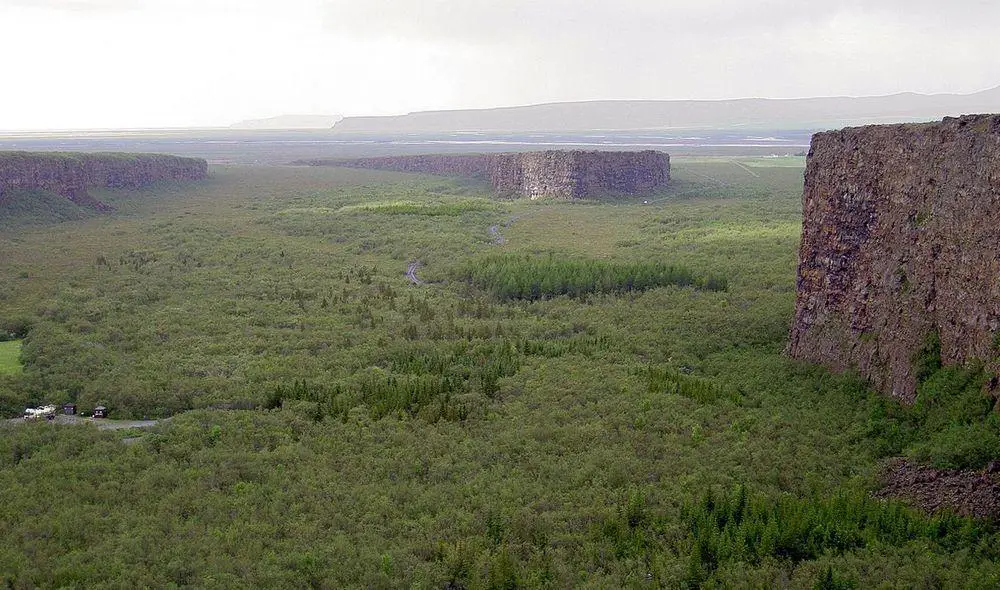
Unique canyon. When looking from the air, it reminds a tongue with approximately 100 m tall, vertical walls. In the middle of this tongue has remained a long, 25 m tall, narrow cliff named Eyjan. Ásbyrgi most likely has been formed by glacial flooding.
Námafjall Geothermal Area
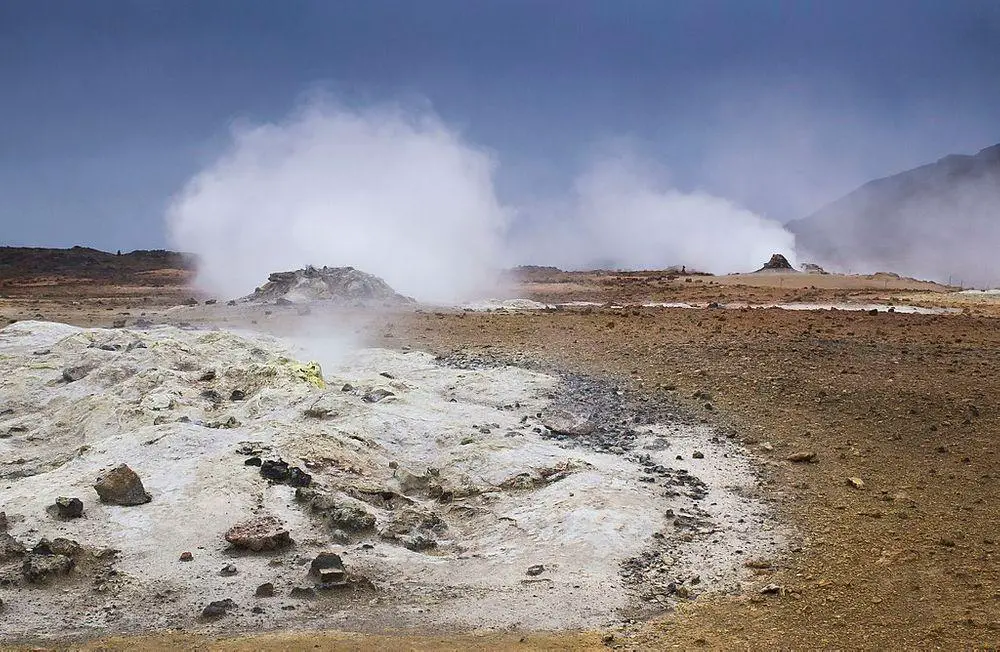
Large, colorful geothermal field with boiling mud pots, solfataras, sulfur deposits. Once important mine of sulfur for medieval Europe.
Grjótagjá
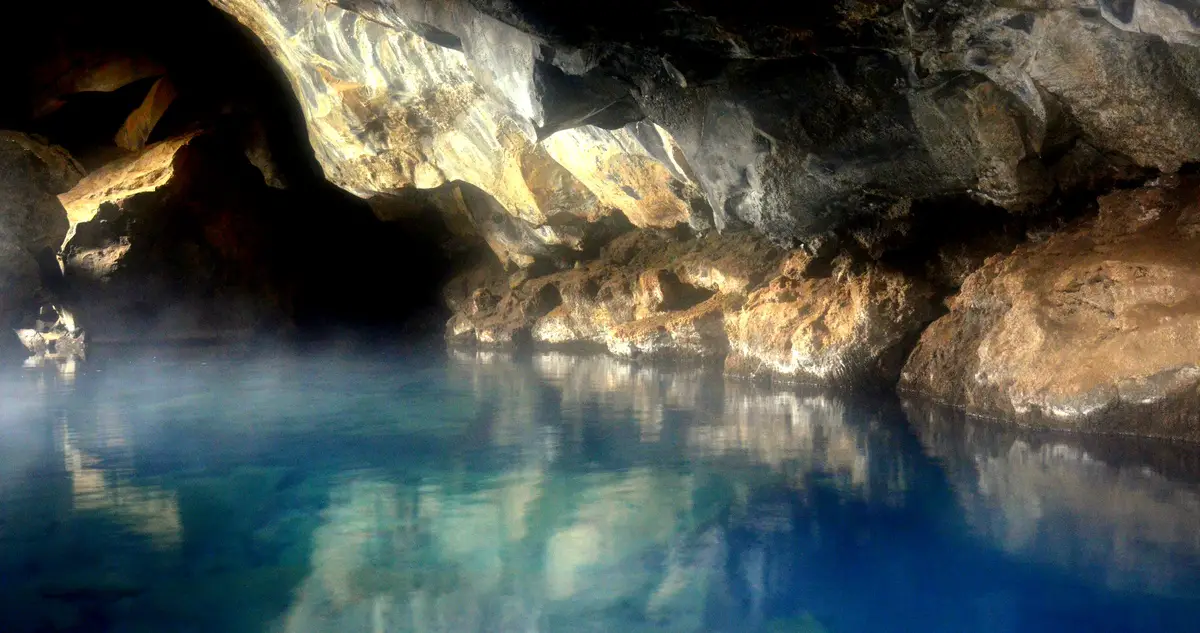
Small lava cave with thermal spring and hot lake inside. Earlier the lucid water in the cave was suitable for bathing but in 1975 – 1984 the temperature of water in it exceeded 50° C.
Viti crater lake
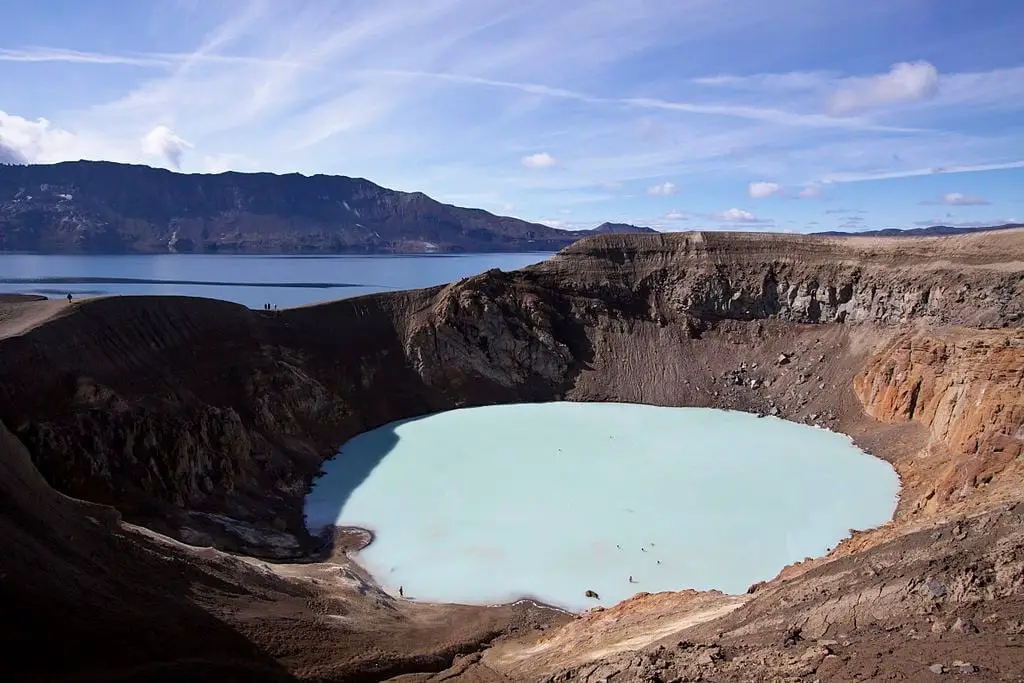
Explosion crater at the summit of Askja volcano, filled with light blue, opaque geothermal lake. Lake water is warm and rich with carbon dioxide.
Surtsey
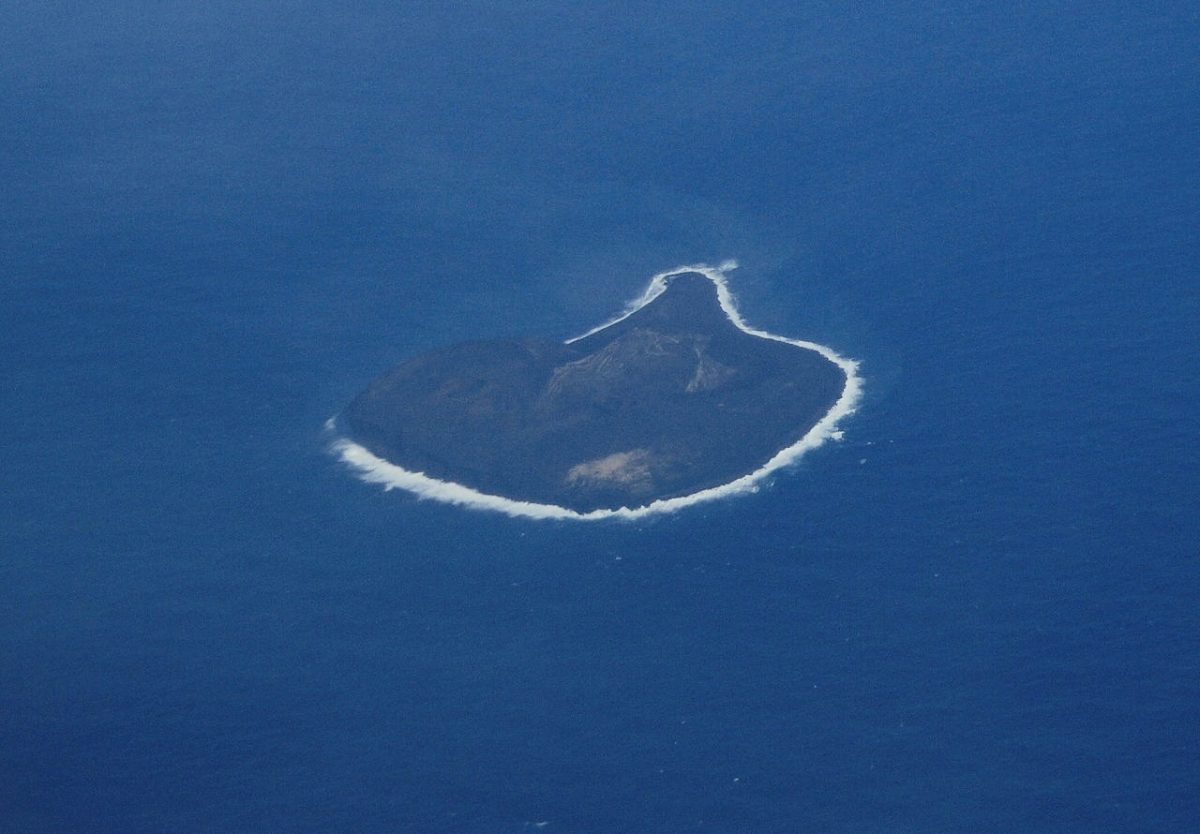
This volcanic island is very new: it rose from the ocean in 1963 – 1967. The island is pristine and serves as a natural laboratory where the colonization process of plant and animal life is researched. The area of the island is decreasing.
Maelifell
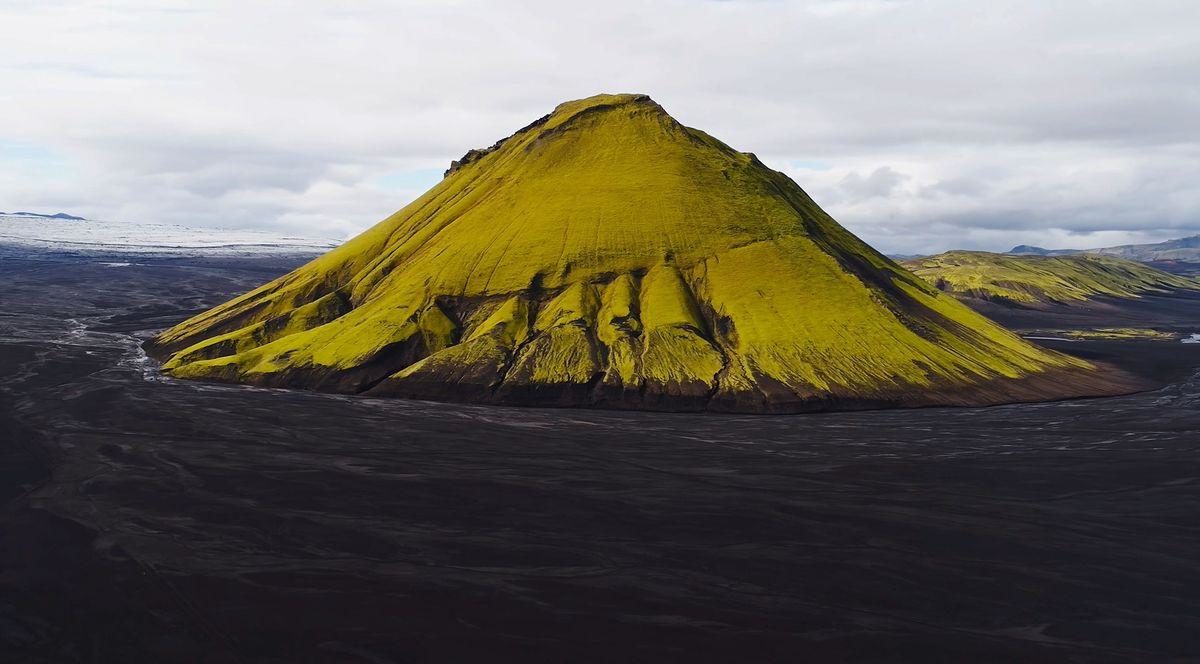
Unusual and picturesque volcano – a moss covered cone that rises 200 m above from the grey lava fields.
Laki fissure vent
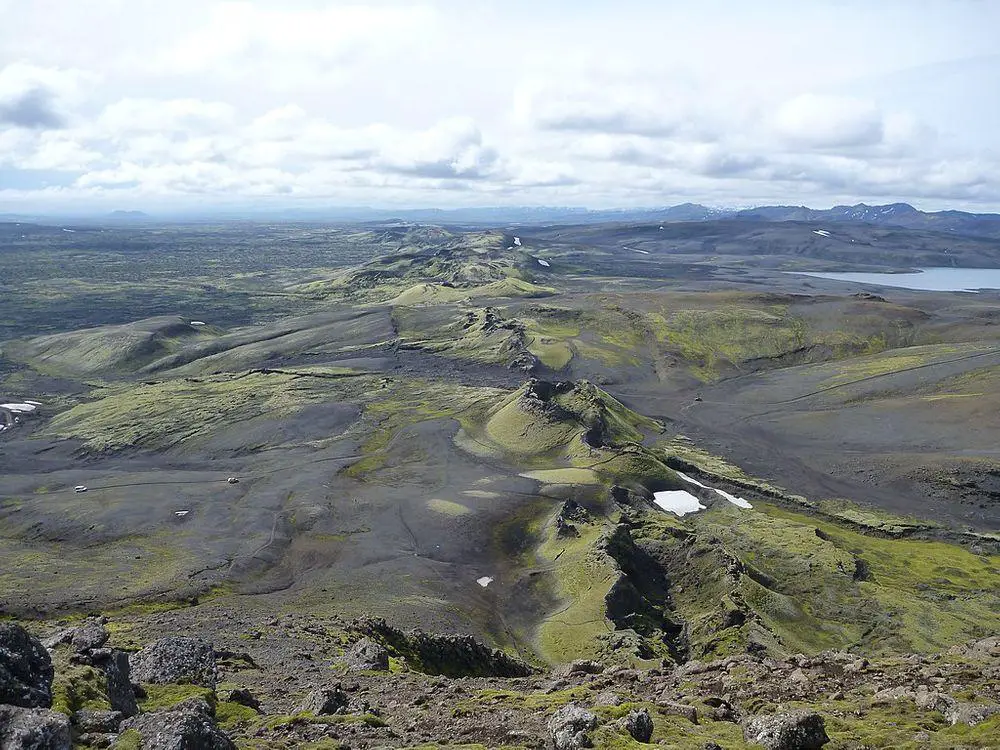
Volcanic fissure – a clearly visible fissure – that in 1783 – 1784 was the site of one of the largest and most destructive eruptions in modern times. Eruption was coming simultaneously from 130 craters.
Brennisteinsalda
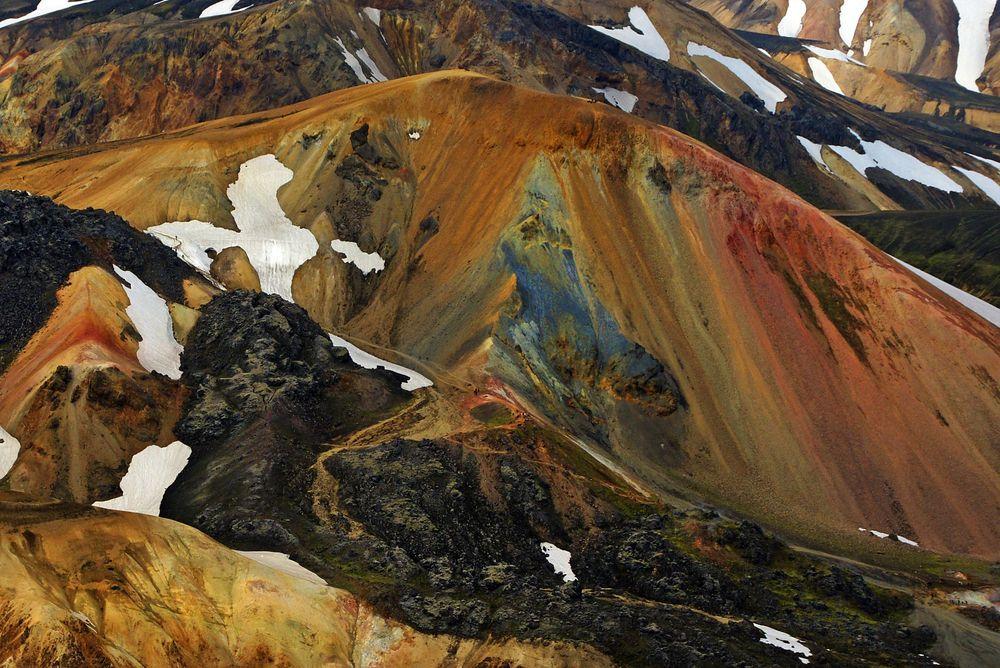
855 m tall volcano with ground in almost all colors – white, yellow, red, black, green.
